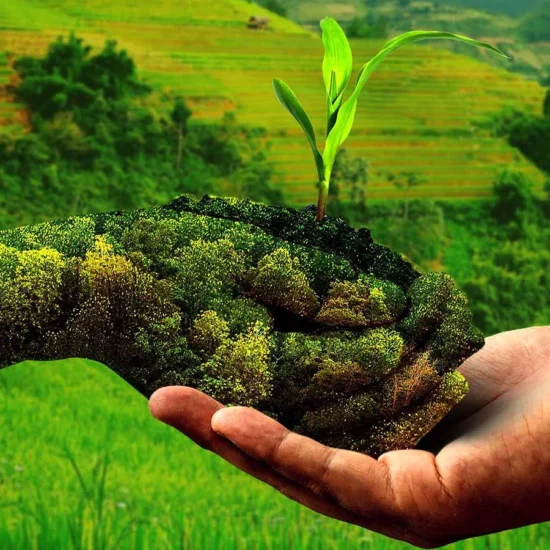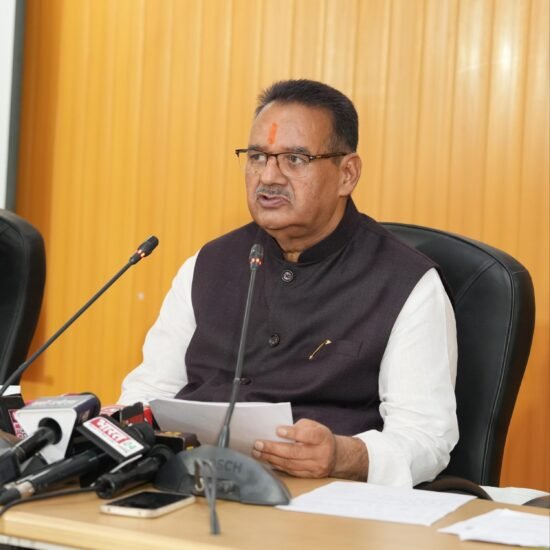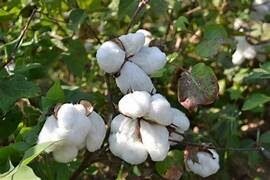
During 2020-21, India became the first country in the world to control locusts by using drones after finalizing protocols and Standard Operating Procedures.
The Department of Agriculture and Farmers Welfare performs regulatory, monitoring, surveillance, and Human Resource Development function through a scheme “Sub Mission on Plant Protection and Plant Quarantine (SMPPQ)” with the aim of minimizing loss to quality and yield of agricultural crops from the ravages of insect pests, diseases, weeds, nematodes, rodents etc. and to shield our bio-security from the incursion and spread of alien species. Revalidation of more than 1200 packhouses, rice mills, processing units, treatment facilities, fumigation agencies, post-entry quarantine facilities, etc to facilitate Agri export has been done.
To promote Integrated Pest Management and judicious use of Pesticides, 14 crop-specific and pest-specific Package of Practices have been issued to the States during the lockdown period. To promote Make in India, 6788 Certificates of Registration (CR) have been issued to indigenous manufacturers of pesticides and 1011 CRs issued for export of pesticides. The Destructive Insect and Pests Act, 1914 and the Insecticides Act, 1968 provide the legal framework for the regulatory function.
During 2020-21, India became the first country in the world to control locusts by using drones after finalizing protocols and Standard Operating Procedures. The largest locust control operation in Indian history has been conducted by the Central Government in collaboration with the States. Locust attack was controlled in more than 5.70 lakh hectare area of 10 States. Control capabilities of Locust Circle Offices (LCOs) have been strengthened by deploying helicopters for aerial spraying of pesticides for locust control. Till now control operations against locusts were carried out in an area of 2,87,986 hectares by LCOs and 2,83,268 hectares by State Governments.






